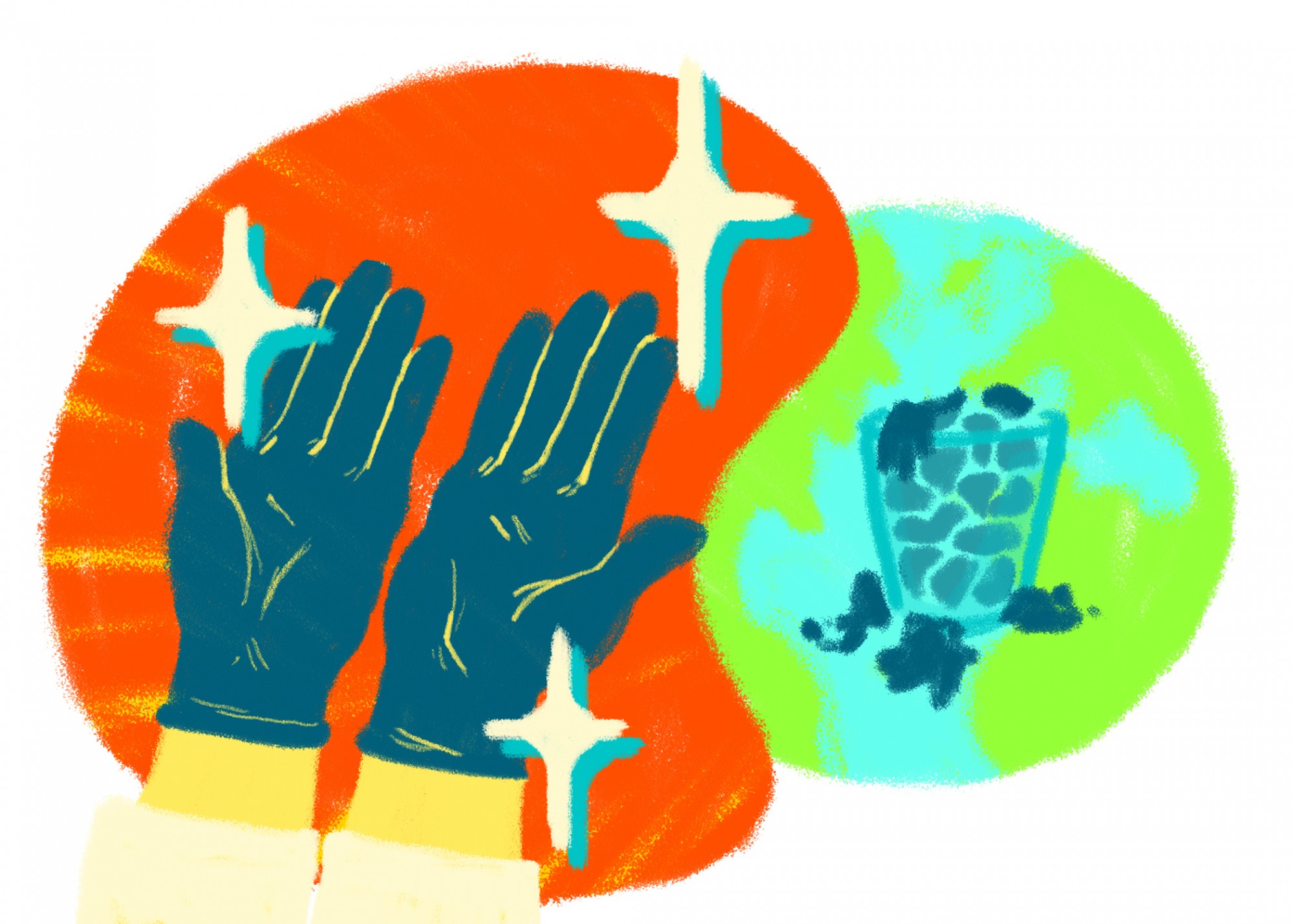Since launching on Earth Day, a student-run organization called Medical Students for a Sustainable Future (MS4SF) has drawn in students from over 50 different medical schools around the country, including the University of Minnesota.
The coalition, made up of 165 medical students so far, is designed to foster environmental advocacy among students going into the health care field.
Some of their initiatives are designed to make medical schools and hospitals more sustainable and to incorporate environmental health into medical school curricula, said Jack Inglis, a fourth-year medical student at the University involved with the organization. Other areas of the organization address environmental advocacy and research.
The launching of MS4SF comes after the University Medical School announced a plan in October to reduce the amount of plastic packaging the school uses. This decision came after several medical students, including Inglis, proposed that the Medical School address climate change last fall.
MS4SF was founded by fourth-year medical student Harleen Marwah, who attends George Washington University in Washington, D.C.
As a pre-med student, Marwah completed her master’s degree in global medicine and was involved with the United Nations’ climate negotiations and the Paris Agreement of 2015. Through this work she realized that health was a powerful tool she could use to foster dialogue about the issue of climate change, she said.
“I think climate change poses these formidable challenges that make it very daunting to take action alone,” Marwah said. “I wanted to build this national community of medical students who are uniting to take action on climate for the health of our future patients, because I knew that I wasn’t the only medical student in the country who cared so deeply about this issue.”
In working to incorporate climate change into curricula, she said she hopes that future physicians will be better equipped to handle patients who come into a hospital with conditions exacerbated by climate change.
The World Health Organization has called climate change “the greatest threat to global health in the 21st century.”
Aaron Rosenblum, a second-year medical student at the University, said physicians have already seen the impact of climate change on their patients. Air pollution has led to more cases of asthma and respiratory illness, and changes in weather patterns have made insects like deer ticks, who carry Lyme disease, more commonplace. Erratic periods of rain and drought have also affected food availability and the rate of weather-related illnesses as well.
“The role of the physician is to treat the patient in front of them, one hundred percent,” Rosenblum said, adding that physicians should start thinking about treating their patients more proactively.
Daniel Ly, a fourth-year medical student at the University, said one of the organization’s initiatives he is passionate about is reducing the amount of waste produced by health care organizations.
“When you walk through a hospital, you become painfully aware of how many single-use items there are,” Ly said. “The challenges are understandable when you try to maintain a sterile environment, but I feel like there’s improvement that can be made [by] keeping people aware of the carbon footprint they’re making.”
With the current pandemic, Ly said because medical professionals have limited access to personal protection equipment, they are now more conscious about how they are using these materials. In hospitals with limited resources, Ly has heard that some physicians have tried to limit the amount of contact they have with patients, so they will not need to discard as many masks or gloves.
“We already see the consequences of climate change taking shape,” Marwah said. “I think as future physicians we have a unique opportunity to advocate for our future patients, the health of our communities and our planet.”
















